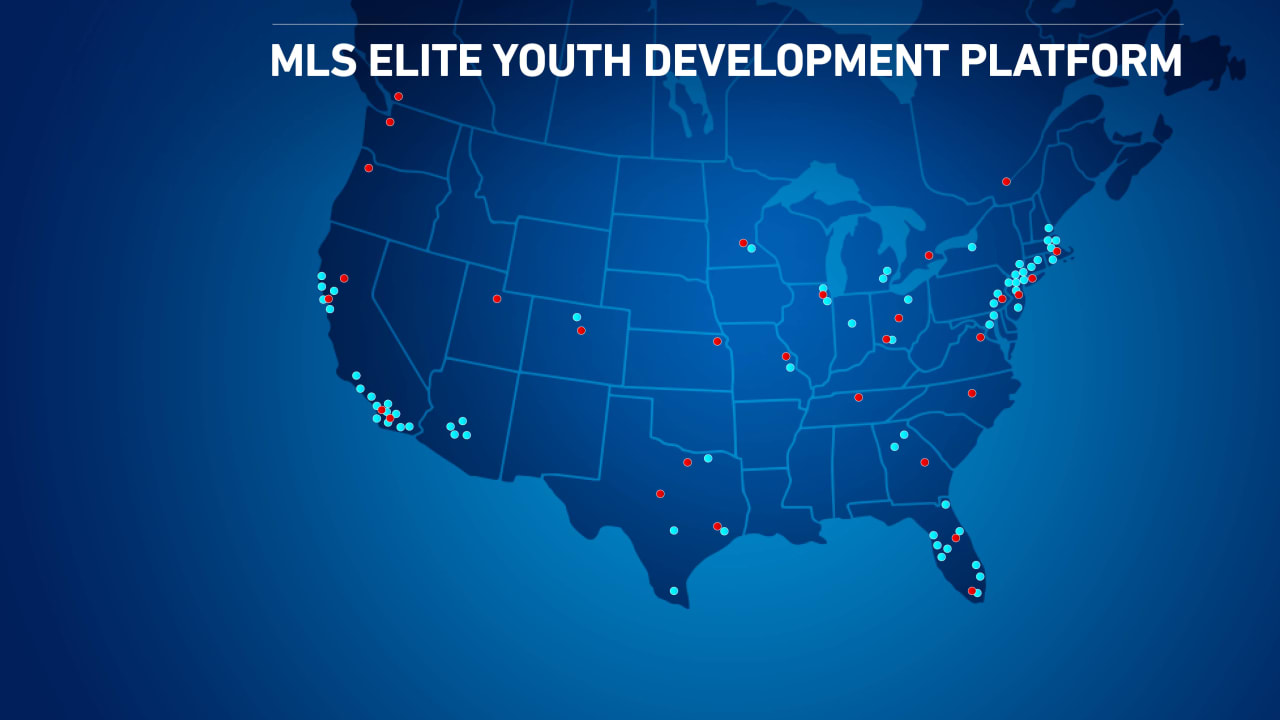Physical Address
304 North Cardinal St.
Dorchester Center, MA 02124
Physical Address
304 North Cardinal St.
Dorchester Center, MA 02124

MLS youth development is emerging as a crucial component in shaping the future of American soccer. With the 2026 World Cup on the horizon, Major League Soccer clubs are increasingly investing in their youth academies. This focus aims to cultivate homegrown talent capable of elevating both club and national team performances on the global stage.
Youth academies are at the heart of MLS’s strategy to deepen the talent pool available to clubs and the national team. Well-established academies like FC Dallas and Philadelphia Union continue to produce standout players who transition seamlessly into professional roles. These institutions are pivotal in ensuring that MLS clubs remain competitive while also contributing significantly to the growth of the U.S. Men’s National Team (USMNT).
Investment in youth development offers several benefits, including reduced reliance on expensive international transfers. Clubs can nurture young talents from an early age, tailoring their development processes to match their strategic needs. This approach not only saves costs but also fosters a local connection with fans who watch these players grow from academy prospects to first-team stars.
The pathway from MLS academies to the USMNT is becoming increasingly well-trodden. Players like Weston McKennie, who started in the FC Dallas academy before moving to Europe, exemplify the success stories that begin in MLS youth setups. The integration of homegrown talent into the national team setup is vital for USMNT’s long-term success, especially as they prepare for the 2026 World Cup [FIFA World Cup](https://www.fifa.com/worldcup/).
Despite the positive strides, MLS youth development faces challenges. Consistent quality across all academies and the retention of top talents amidst European interest are pressing concerns. However, these challenges present opportunities for MLS to refine its developmental strategies, ensuring they remain competitive domestically and internationally.
One area of focus is addressing the economic barriers that often restrict access to youth soccer. MLS clubs are exploring partnerships and community programs to make the sport more inclusive and accessible, tapping into a broader talent base that could hold the future stars of American soccer.
The evolution of MLS youth development is a journey of transformation and adaptation. By creating a robust pipeline for young talents, MLS not only strengthens its own competitive edge but also contributes to the larger narrative of American soccer’s ascent on the world stage. As we move closer to the 2026 World Cup, the impact of these initiatives will become increasingly evident, reinforcing the league’s commitment to nurturing future generations of soccer talent.